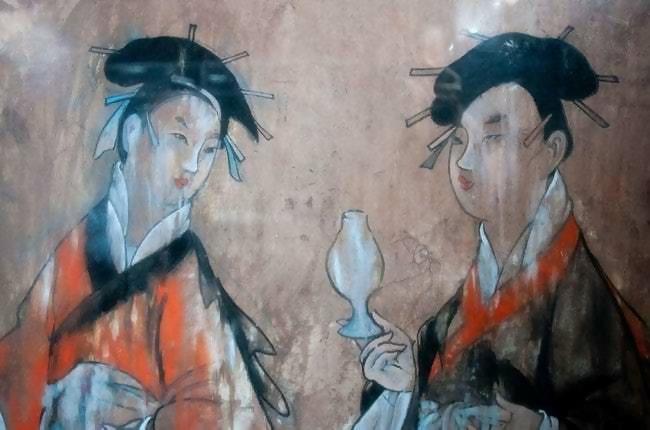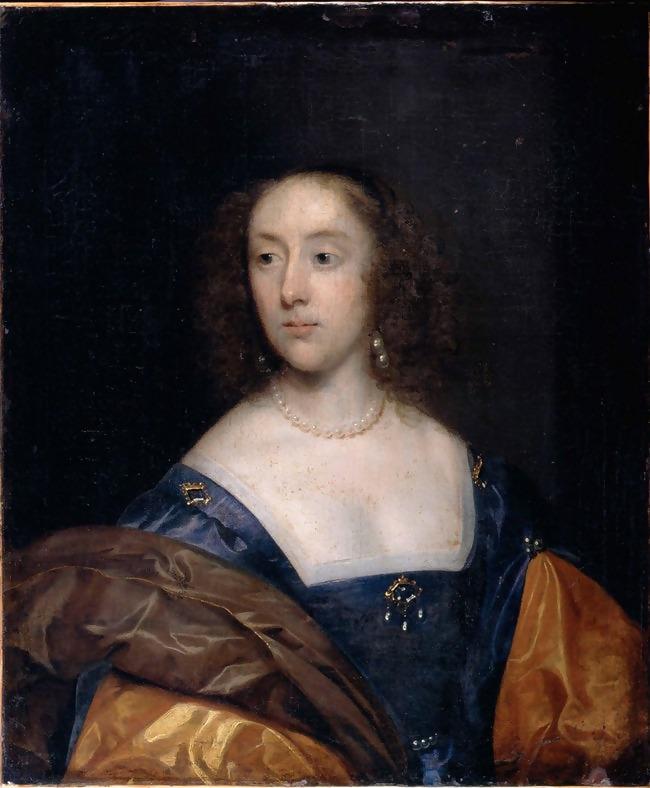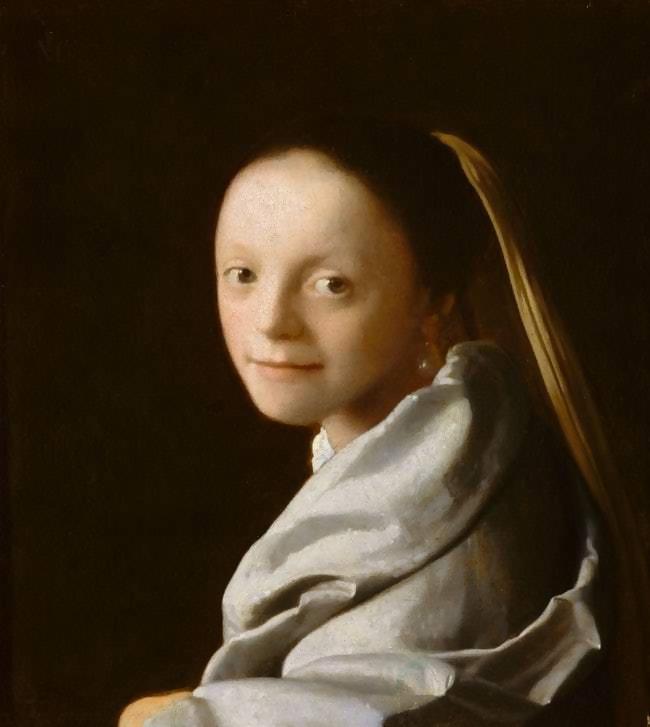18 Weirdest Beauty Trends From The Past That You Never Knew About! (2 of 4)
Advertisement
Ancient Chinese women loved changing their eyebrow colors

The Chinese women of ancient times were very creative when it came to their eyebrows. The women often painted their eyebrows with a variety of colors such as blue, green or black and also gave their eyebrows shapes according to the trending styles at the time. For instance, at one time during the Han Dynasty, eyebrows that were sharply pointed were the vogue. At another time, women preferred shorter eyebrows that were high. There was another style of eyebrow known as the “sorrow brow” that had the brows pointing upwards as a sad expression.
Veiny Cleavage Was A 17th-Century Must-Have

Cleavage as a fashion trend began in seventeenth-century England. All the dress designs saw the necklines going down, and the breasts became a prominent body part that women tried to display. However, the same era was also known for showing extreme pale skin, which indicated that the person was wealthy and had the means to stay out of the sun, unlike the working class. So, in order to get the desired pale skin, women often applied the face powder on their skin and would draw blue colored veins on the breasts for it to look like translucent skin!
Renaissance women opting to have receding hairlines

Renaissance period had a list of over thirty traits that were considered part of beauty. However, what you must have noticed in almost all of Renaissance paintings, it’s the strange look of the women in those paintings. It’s because of the fact that women were considered beautiful if they had a curved, large forehead. In order to get one, women often took to plucking or shaving their hairlines backward to make their forehead look bigger. In other words, a receding hairline was considered a good sign during the Renaissance.
Tang Dynasty – the lover of (big) cheeks

In ancient China, during the rule of the Tang Dynasty (618-907 CE), women having curvier features such as round faces or big cheeks and wider foreheads were considered more attractive and beautiful. Well, it won’t be wrong to call the Tang Dynasty the lover of big cheeks!
Eyelashes were a big no-no during the Renaissance

During the Middle Ages and all the way up to the Renaissance, plucking of hair did not just stop at the forehead for European women. In fact, even eyelashes were removed, as having eyelashes indicated oversexuality! Thus, women from wealthy families would often get rid of their eyelashes completely, which to be honest, sounds too painful to even think about.